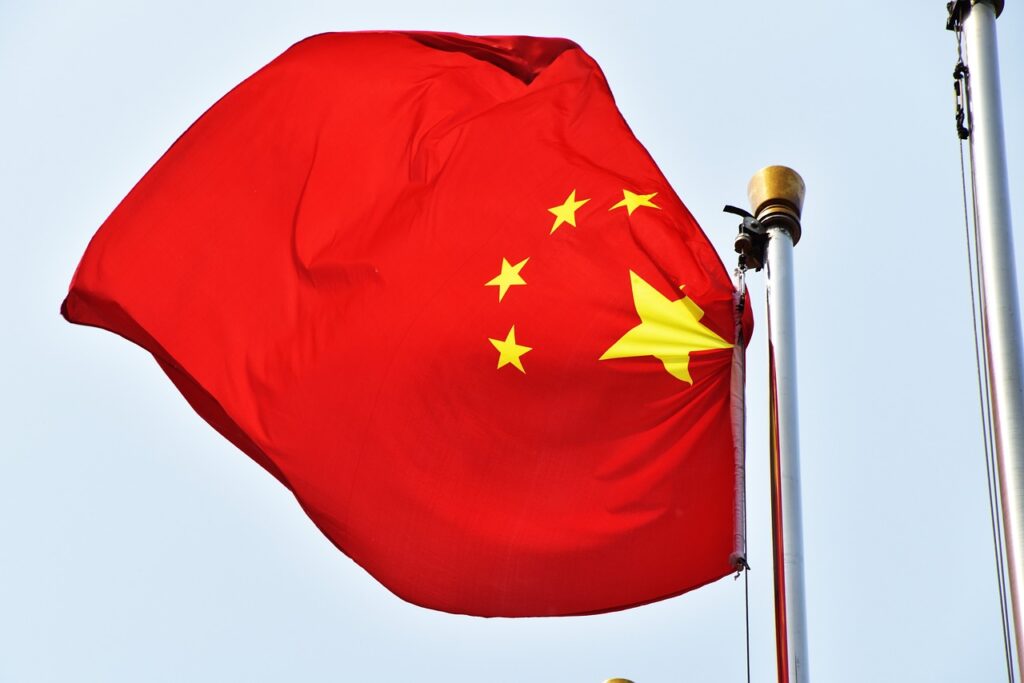On January 1, 2025, China reclassified hydrogen as a core energy resource, rather than a hazardous chemical. This change is more than legal semantics. It resets how hydrogen can be planned, stored, transported, and integrated into national infrastructure. As the country steps into its 15th Five-Year Plan (2026–2030), hydrogen is no longer peripheral—it’s foundational.
Acceleration in mobility
The years 2025 to 2027 are shaping up to be a hinge point for China’s hydrogen-powered transport sector. The expectation: oil demand will peak by 2027, creating an opening for new propulsion systems to scale. China already operates more hydrogen refuelling stations than the entire European Union, and is rapidly closing the gap between early deployments and full commercialisation. From free tolls to subsidies, incentives are aligned across provinces to make fuel-cell vehicles viable, particularly in heavy-duty and off-road segments. Multiple domestic manufacturers now claim total cost of ownership for hydrogen trucks that matches diesel, an inflection point that Europe is still racing to reach.
Selective technology bets
China is also becoming more disciplined in how it allocates public support. Technologies like e-methanol and ammonia have lost favour due to their emissions profiles and limited adaptability in transport. Instead, policy and investment are converging around solid-state metal hydride storage, cryogenic hydrogen logistics, and strategic rail applications—particularly in terrain where electrification proves uneconomical. Drones powered by hydrogen are emerging as serious contenders for logistics, agriculture, and industrial monitoring. What may sound futuristic is already under development, if not deployment.
Infrastructure and cost constraints
Prices remain a drag. While hydrogen production costs have dipped below 30 ¥/kg in some cases, end-user retail prices still exceed 50 ¥/kg—driven largely by infrastructure costs, which account for a third of the final price. Certification delays and fragmented provincial regulation compound the issue. Even with over 540 stations operational, station density lags behind the rising number of fuel-cell vehicles. In key industrial zones, the mismatch is already showing.
Policy drivers and industrial logic
China’s hydrogen targets are not short on ambition: up to 200,000 fuel-cell vehicles by 2025 and 200 GW of electrolyzer capacity by 2030. But this is not just about mobility. Implementation plans rolled out in late 2024 explicitly target hydrogen use in steelmaking, refining, and chemicals. These heavy industries are central to China’s decarbonisation strategy—and hydrogen is being positioned as the long-term replacement for coal and gas feedstocks.
Strategic risks ahead
Despite legal progress and industrial clarity, critical bottlenecks remain. Station rollouts are uneven. Certification remains slow. Retail costs are still not competitive without subsidies. And while the public sector is pushing hard, private capital remains cautious in many regions. The risk is not technological—it’s logistical and financial.
China isn’t loudly promoting its hydrogen ambitions. It doesn’t have to. The machinery is already in motion: policies in place, infrastructure rising, production scaling. While Europe debates targets and coordinates standards, China is quietly—and methodically—executing. The question isn’t whether China will lead the next hydrogen phase. The question is whether others will realise it in time.
